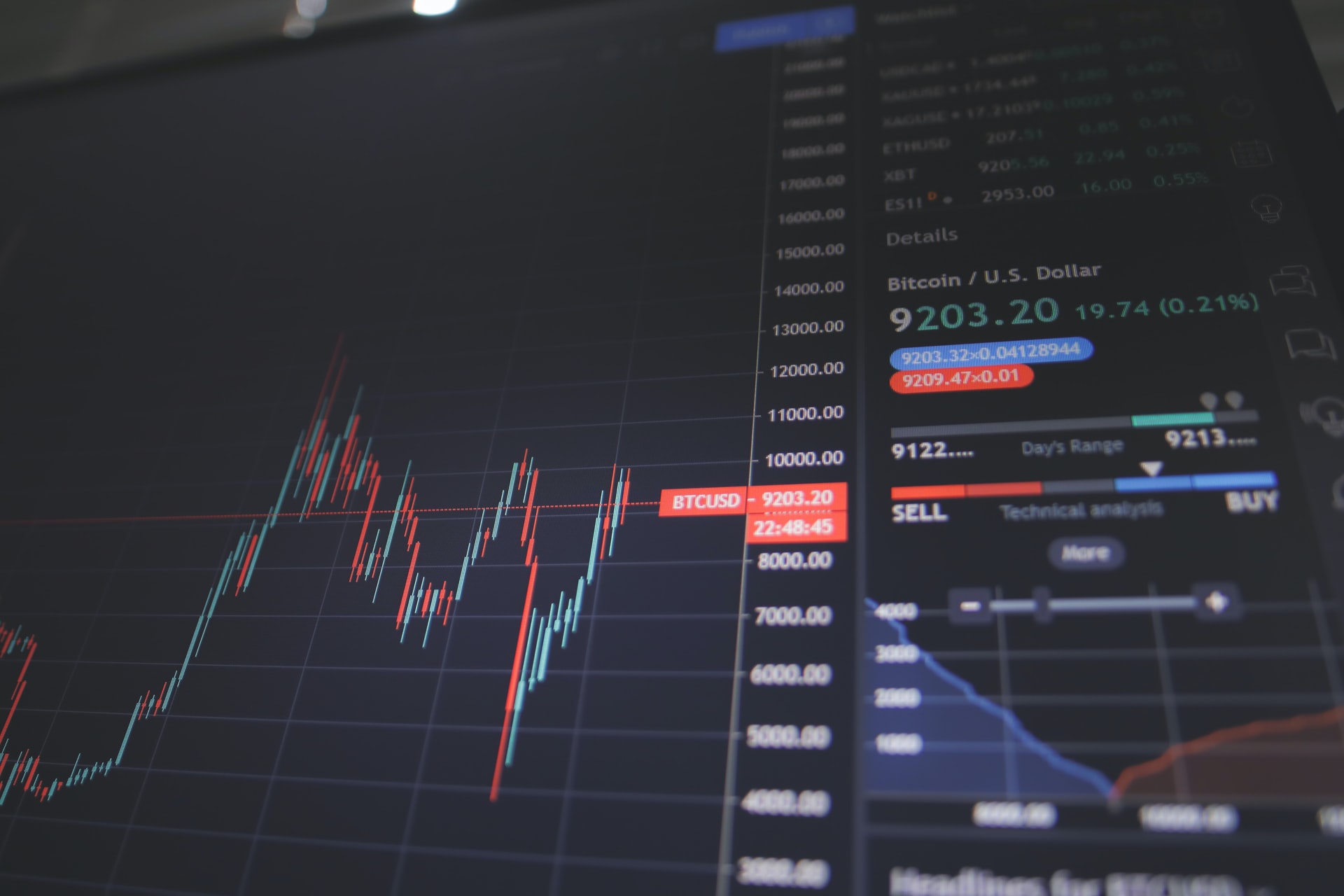UK economy still short of a bounce back
Headlines declaring the prediction of the “strongest economic growth since WWII” by the Bank of England have certainly grabbed investors’ attention, and fit the positive narrative created by the recent, previous prediction of a 7% growth rate for the UK economy.
But… there is a but coming. While rapid rollout of the vaccination programme and the easing of lockdown measures has fuelled consumer spending and confidence in our new-found freedom, GDP, even at a predicted rate of growth of 7%, still leaves us 3% short of where we were pre-pandemic.
To keep things in perspective, it’s important to remember that UK GDP contracted by 10% in 2020, so 7% growth does not indicate a full recovery, and is actually 4% behind where we would ideally wish to be. And, although inflation doubled in April, resulting in a rate of 1.5%, this is still below the target of 2%, with a great deal of uncertainty from investors whether the increase will continue.
UK trade still below pre-pandemic levels
Similarly, caution needs to be taken alongside reading the latest ONS trade figures for UK imports and exports. Trade data paints a picture of recovery, with both imports and exports increasing. However, it should be noted that, overall, trade levels remain below pre-pandemic levels, and trade with Europe, in particular, remains depressed.
Stamp duty holiday for house buyers due to end
UK house prices have continued to rise rapidly, but the stamp duty holiday ends 30th June 2021 with speculation that this could slow down the property market and its fastest ever growth since before the financial crisis. From the end of June there will be a staggered return to the usual rates.
Recovery signalled by slowing of government borrowing
Government debt, as a percentage of GDP fell to 98.5% at the end of April, which is positive. Combined with the recent pickup in growth, and the fact that the recovery is well-tipped to continue the right way, the picture beginning to emerge is a positive one with the ONS forecasting government borrowing of £234bn for this year.
Swings in US tech stocks and global equities
Treasury Secretary, Janet Yellen’s comment on interest rates caused volatility in the markets, notably considerable swings in performance of high-flying tech stocks. In a discussion about the Biden administration’s plan for $4tn infrastructure and welfare spending, Yellen said, “It may be that interest rates will have to rise somewhat to make sure that our economy doesn’t overheat,”. Yellen has since said increases would be “very modest”, but speculation continues to rattle the markets.
Fixed income markets, more correlated with inflation and interest rates, were notably routine in their outcomes, but global equities showed volatility, caused by the headline inflation figure of 4.2% for April, up from 2.6% in March, with many sectors struggling for positive returns.
The US Federal Reserve has said, in an attempt to calm bumpy markets, it expects inflation to return to target, without the need for intervention; but the inflation pressure is enough to spark investor fears that there will be an attempt to increase rates sooner than expected.
Vaccine company shares hit by Biden plan to aid global immunisation efforts
German vaccine company BioNTech is down 15% and US vaccine company Novavax fell 27%, following the announcement of US President Joe Biden to back a plan to temporarily lift intellectual property restrictions, to allow developing countries to manufacture cheap versions of Covid-19 treatments, including vaccines. Naturally the plan is in an effort to speed up global immunisation and it will be interesting to see how this affects the markets over the longer term.
Watch and wait for investors
Both in the UK and US there is plenty of volatility and while there is plenty of bouncing going on, it’s not always in the positive direction quite enough to signal a return, just yet, to pre-pandemic normality, despite the rosy picture implied by the ever-popular phrase ‘bouncing back’.
As the stamp duty holiday ends, and UK trade continues to settle, post-Brexit and post-pandemic, it’s important to watch and wait to see what emerges in terms of more robust signals for the predictions of stability investors require for a longer-term picture.
| Asset Class | Proxy | 1-Month | 3-Month | 6-Month | 1-Year |
| Cash | UT Cash/Money Market | 00.00% | 00.00% | 00.00% | 00.09% |
| Gilts | FTSE Gilts All Stocks | 00.43% | 00.40% | -04.12% | -06.93% |
| UK Corporate Bonds | UT UK Fixed Interest | 01.20% | 02.59% | -04.29% | -05.78% |
| UK Equity | UT UK Equities | 02.00% | 10.76% | 19.81% | 35.33% |
| European Equities | MSCI Europe ex UK | 01.51% | 09.13% | 09.68% | 25.66% |
| US Equities | S&P 500 | -01.81% | 05.92% | 08.19% | 21.13% |
| Japanese Equities | MSCI Japan | -01.08% | -02.71% | -01.08% | 09.33% |
| Emerging Markets Equities | MSCI Emerging Markets | -00.34% | -00.46% | 06.57% | 29.62% |
| Property | UT Property | 01.12% | 07.47% | 09.74% | 16.17% |
Data Sourced from FE Analytics, and Bloomberg Finance LP.
*The value of your investment can go up as well as down, you may get back less than you originally invested. Circumstances are subject to change. Performance from the past or yields quoted should not be considered as reliable indicators of returns. This communication is for general information only and is not intended to be individual advice
